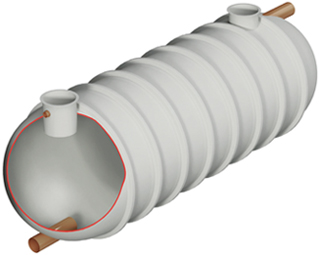Hydrostatic testing is a vital process for verifying the performance and integrity of a variety of vessels, including boilers, water tanks and pipework. A hydrostatic pressure testing allows you to see whether your equipment is working safely and if it is free from problematic leaks. Whether your equipment is new, it’s undergoing scheduled servicing or a problem has developed which is in need of troubleshooting, hydrostatic testing can prove a valuable tool. Let’s take a look at what this test involves and the different methods for carrying it out.
What is hydrostatic testing?
A hydrostatic pressure test is a way in which to examine whether your equipment in question is watertight/airtight, in good shape, and will be able to handle working conditions. The test generally involves filling the equipment – whether its a tank, pipework, or other such vessel – with pressurised water, set at a greater pressure than would be expected during normal operation, just to be on the safe side. Sometimes, dye is added to the water to aid detection of any potential leakages.
Water is used due to being practically incompressible, meaning that should the equipment break or fail during testing, the risk of damage or injury from the sudden release of pressure would be much reduced compared to other substances, such as gases.
Methods
There are a variety of different methods for carrying out a hydrostatic pressure test, and the particular method selected will be chosen according to the type of equipment being tested.
Water jacket
In this test, the vessel is placed in a ‘water jacket’ – a larger container which is filled with water and envelops the vessel. The vessel is then pressurised, maintained for around 30 seconds and then depressurised, and any changes in water level in the water jacket are measured. If the vessel leaks or becomes slightly warped by the pressurisation, water level changes will be measured.
Direct expansion
This method involves filling a vessel with water, pressurising the vessel to testing level, and then measuring the amount of water which is expelled when there is a release of pressure. The expansion – both permanent and total values – can then be calculated to determine how the vessel coped.
Proof pressure
This is a basic form of pressure testing. It merely involves pressurising a vessel to the appropriate testing level, and then carrying out a thorough inspection of the vessel. Signs of leakages, deformation, wall thinning, and other such weaknesses would result in a failure to pass.
Ultrasonic testing
Ultrasonic testing is a more unusual, lesser used form of pressure testing. It is, however, an innovative, accurate and versatile method. Ultrasonic pulses of energy are emitted and spread through the vessel being tested in waves. The pulses are sensitive to imperfections in the vessel – such as cracks, warping or thinning walls – and can relay this information back to be reviewed and judgements can then be made about the integrity and safety of the vessel.
Wildon UK can offer hydrostatic pressure testing to customers throughout Stoke on Trent, Staffordshire, and further afield across the UK. Our team of dedicated experts will work to make sure your equipment is safe, ensuring the most appropriate testing method is selected for your requirements. If you have any queries, or for more information regarding any of our services, simply get in touch.
Go back to








